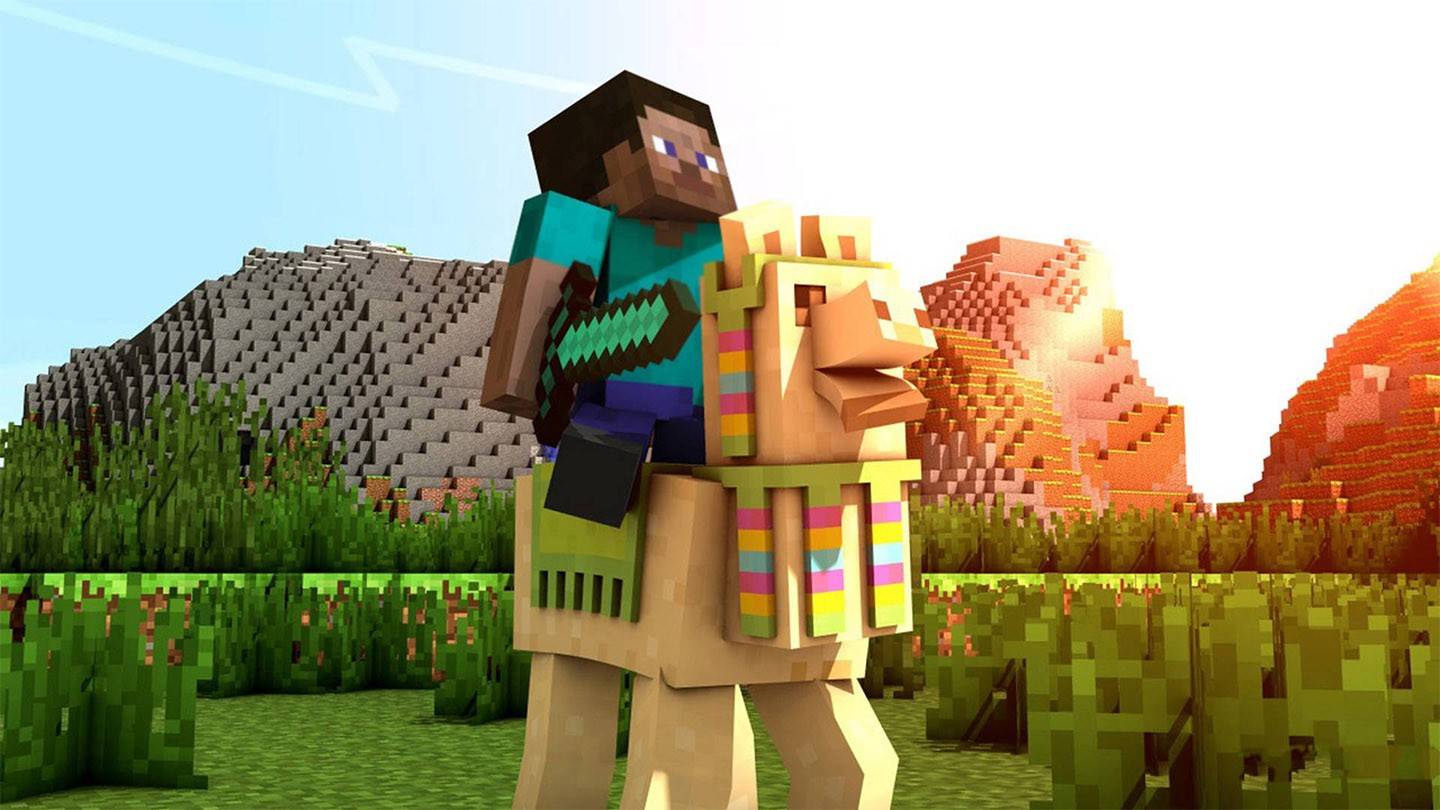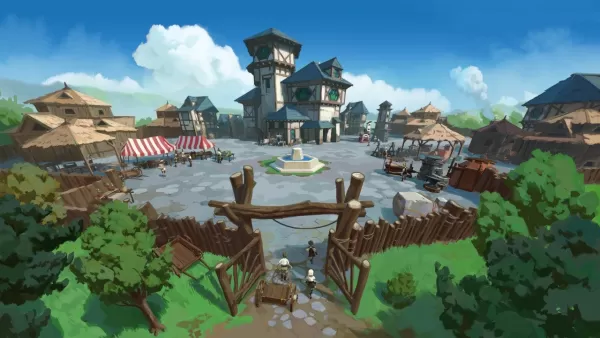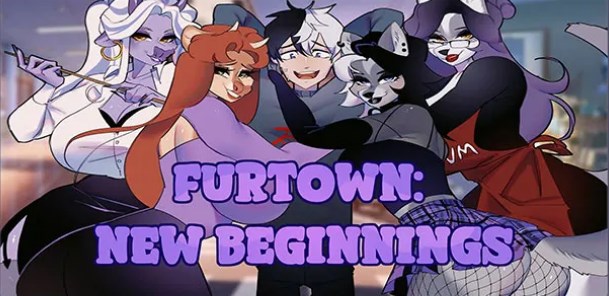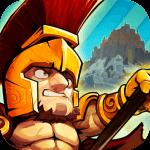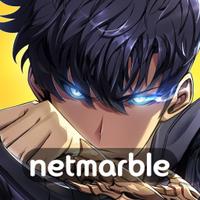Monster Hunter Wilds boasts numerous changes, new features, and quality-of-life improvements. But its development was subtly shaped by earlier crossover events in Monster Hunter World. Specifically, feedback from Final Fantasy XIV's director, Naoki Yoshida, during the FFXIV crossover, and the positive player response to The Witcher 3 crossover, directly influenced gameplay elements in Monster Hunter Wilds.
Yoshida's suggestion, shared during the FFXIV crossover event, inspired the addition of attack names displayed on screen in real-time during combat. This feature, briefly glimpsed in the 2018 FFXIV crossover in Monster Hunter: World (featuring the challenging Behemoth fight and the memorable Jump emote), is now a core part of Monster Hunter Wilds' HUD. The Behemoth fight itself showcased a similar mechanic, foreshadowing the Wilds implementation.
Final Fantasy XIV's Influence on Monster Hunter Wilds
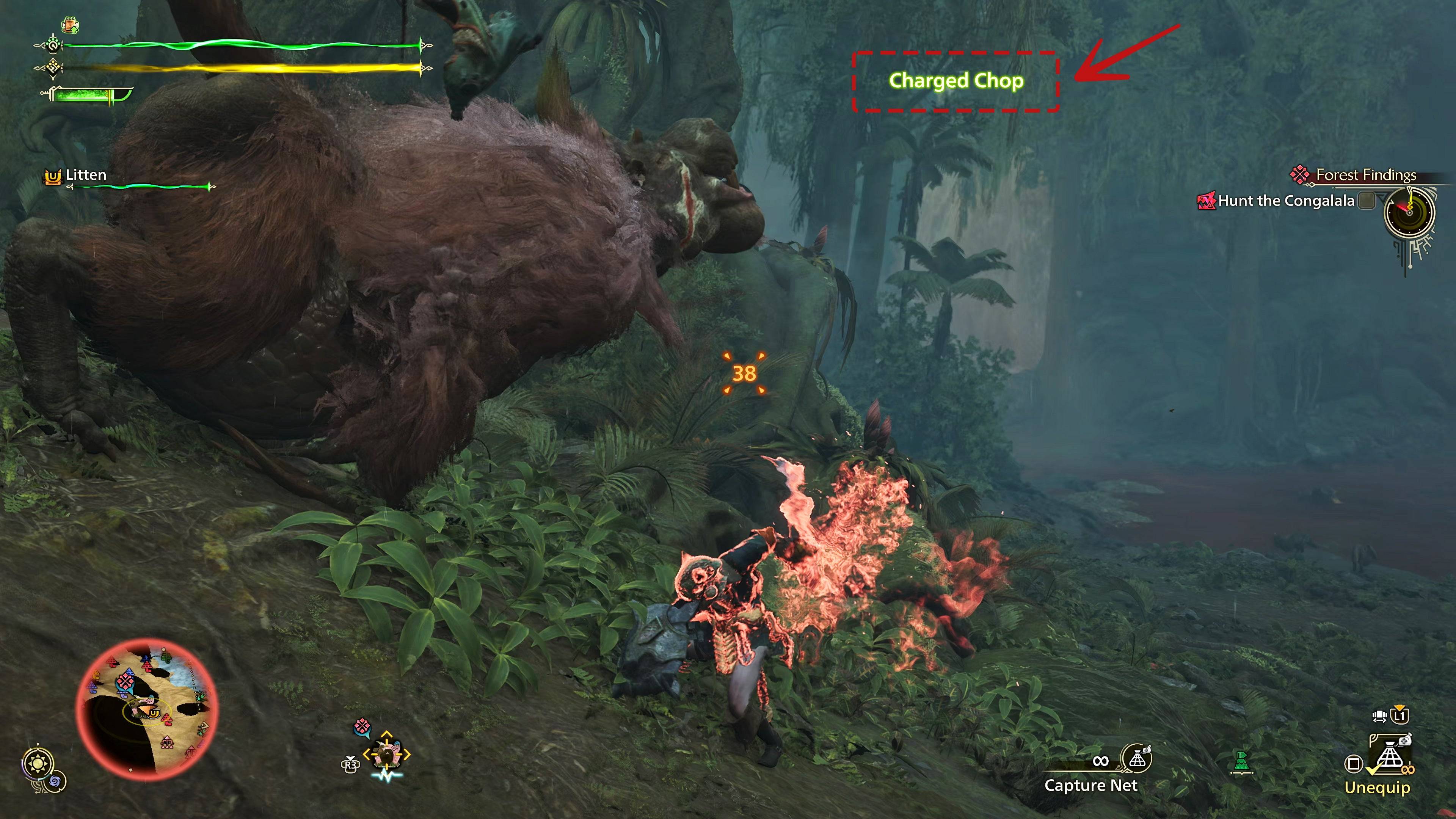
The collaboration with FFXIV provided a valuable learning experience. The inclusion of on-screen attack names, as suggested by Yoshida, directly addressed player feedback regarding improved combat clarity. The crossover also featured memorable elements like catchable Cactuars, a unique Kulu-Ya-Ku hunt, and the impressive Drachen armor set.
The "Jump" emote, unlocked after defeating Behemoth, further exemplifies this cross-pollination, directly mirroring Dragoon movements from Final Fantasy. The on-screen text accompanying the emote – "[Hunter] performs Jump" – was a precursor to the more extensive implementation in Wilds.
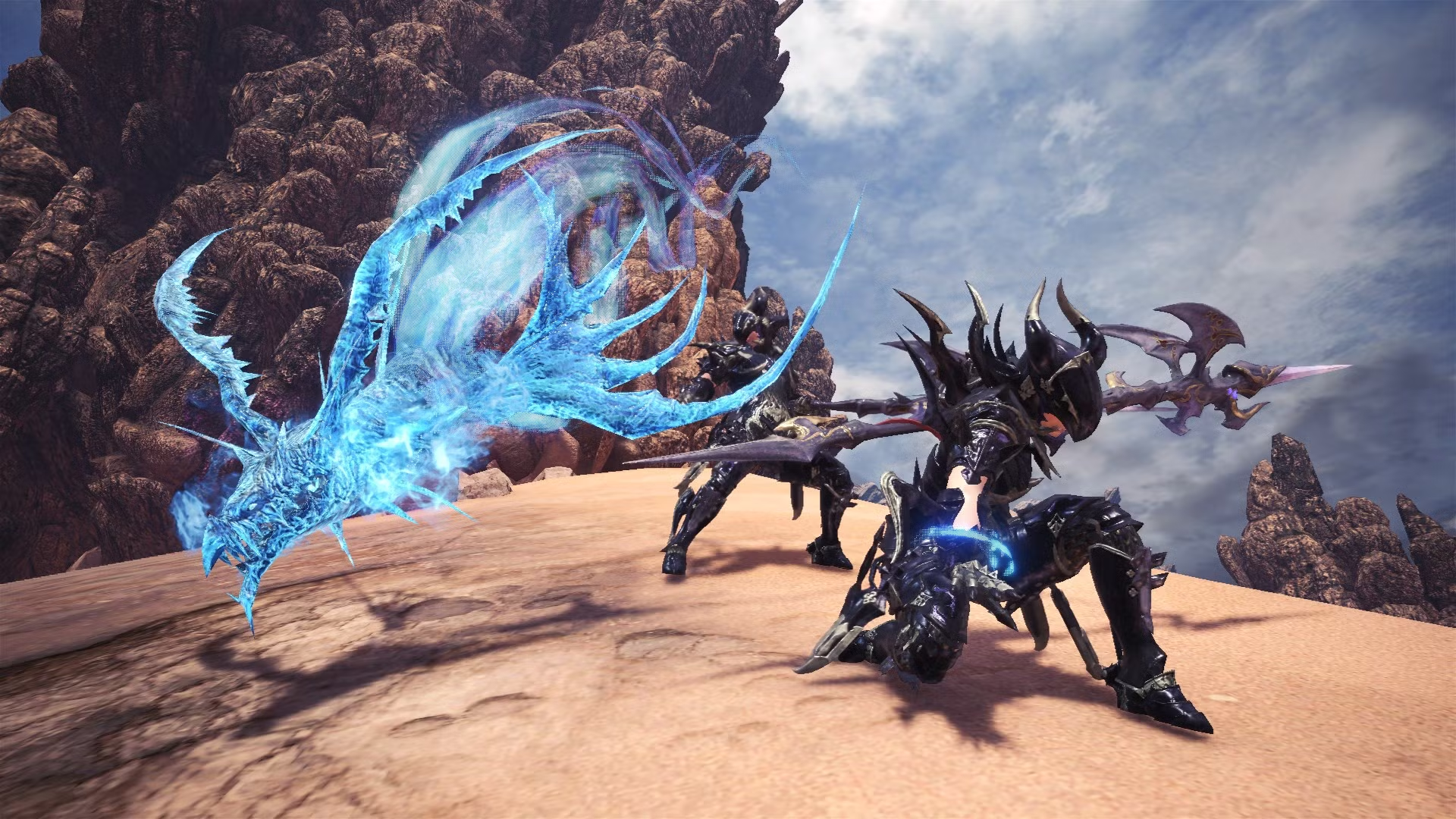
The Witcher 3's Influence on Monster Hunter Wilds
The overwhelmingly positive player reception to the Witcher 3 crossover in Monster Hunter: World significantly influenced Wilds' design. Director Yuya Tokuda noted the comparisons drawn between Wilds' expanded dialogue options and gameplay elements to The Witcher 3, highlighting the crossover as a successful test of player preference for more narrative depth.
The Witcher 3 crossover featured Geralt of Rivia as a playable character, complete with voiced dialogue and branching conversation options. This contrasted sharply with the previous silent protagonists of the series. This successful experiment directly led to the inclusion of a voiced protagonist and richer dialogue in Monster Hunter Wilds.

Tokuda confirmed that while Wilds wasn't in active development during the World collaborations, these experiences informed the direction of the new installment. His personal initiative in securing the Witcher 3 crossover proved instrumental in shaping Wilds' narrative approach.
This information comes from an exclusive visit to Capcom's Japan offices for this month's IGN First. For more in-depth previews, interviews, and gameplay, check out January's Monster Hunter Wilds IGN First coverage:
Behind Monster Hunter Wilds' New Approach to Starting Weapons and Hope Series Gear Monster Hunter Wilds Interview and Gameplay: Meet Nu Udra, Apex of the Oilwell Basin Evolving Monster Hunter: How Capcom’s Belief in the Series Made it a Worldwide Hit Monster Hunter Wilds: Gravios Returns in This Exclusive Gameplay


